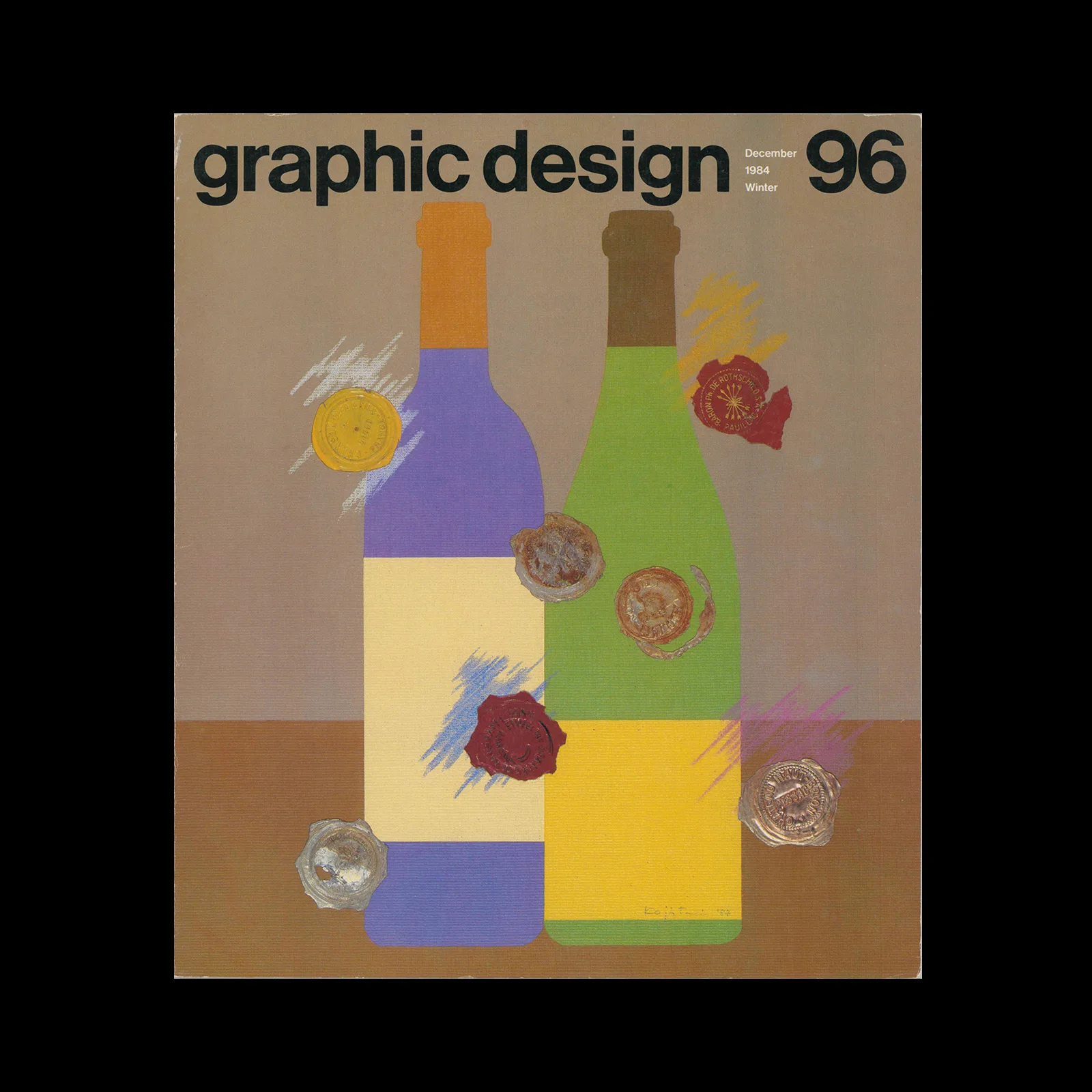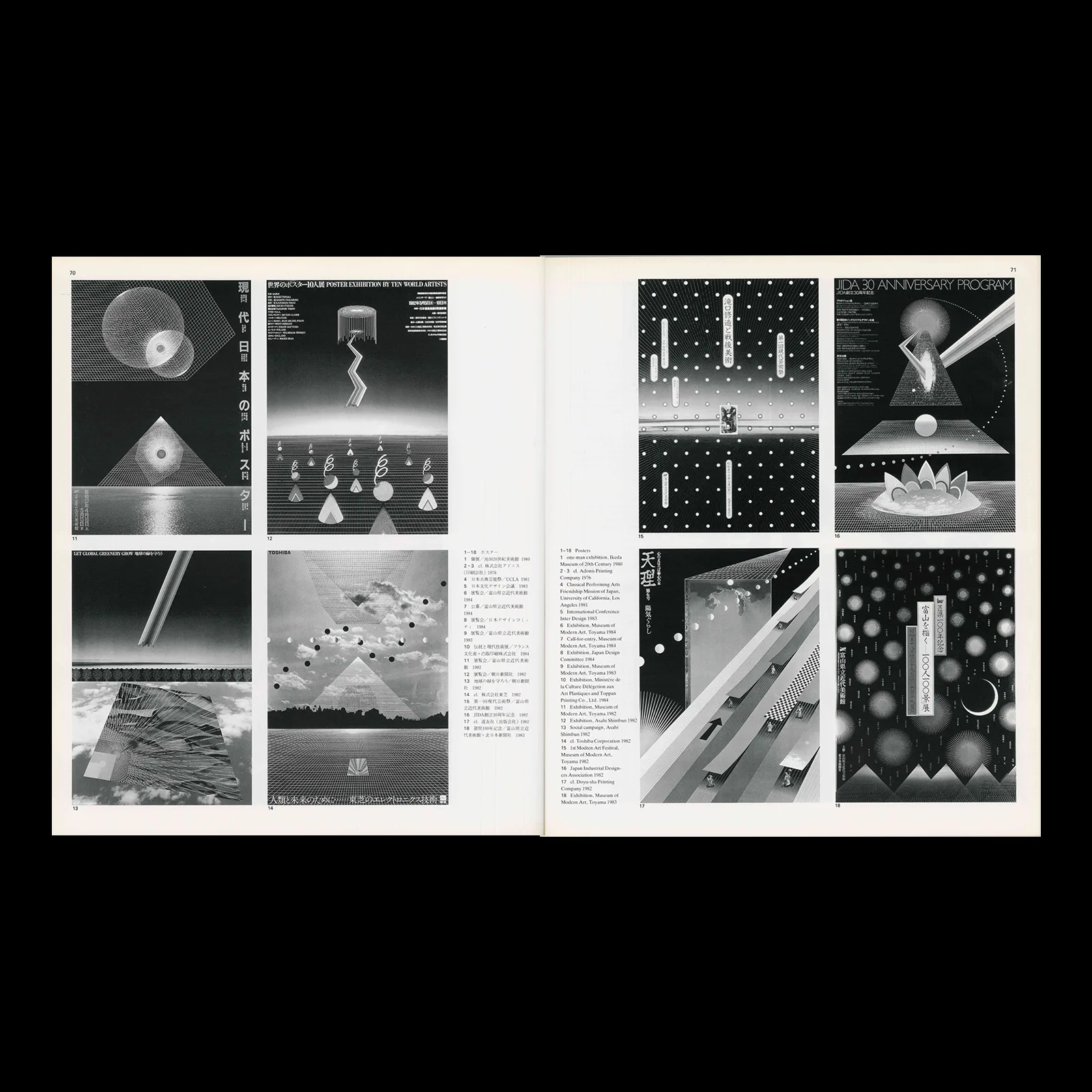


Information
Content includes:
Design focus
・Official mark and mascot of the ’88 Seoul Olympics / Cho Young-je
・Japanese Design: Traditional and Contemporary Exhibition, Moscow / Tanaka Ikko
・Great Cover Contest / Charles M. Helmken
・Trends in signs as seen in the 18th SDA Awards / Sakano Nagami
・Re-experiencing the ’60s: My view of ’60s illustrations / Wakao Shinichiro
・Tokyo Gallery and Sugiura Kohei
・New protagonists in the alcoholic beverage survival race / Hiroshi Sano
Restaurant Graphics Tokyo / Hiroshi Kojitani
’84 JAGDA Peace Poster Exhibition / Yusaku Kamekura
Sun-Ad Japan / Yusuke Kaji, Takehiko Kamei, Mutsuo Takahashi, Takashi Nakahata, Yoshiya Nishimura
11th Brno Biennale / Mitsuo Katsui
Jacek Kawalerowicz / Shinzo Aoki
Design East and West Kiyoshi Awazu/Kazumasa Nagai
Record jackets from minor labels
Icograda Series 8 Norway/German Democratic Republic
・Knut Ilan
・Axel Bertram
Activities of the Japan Graphic Designers Association
Details
Linked Information


